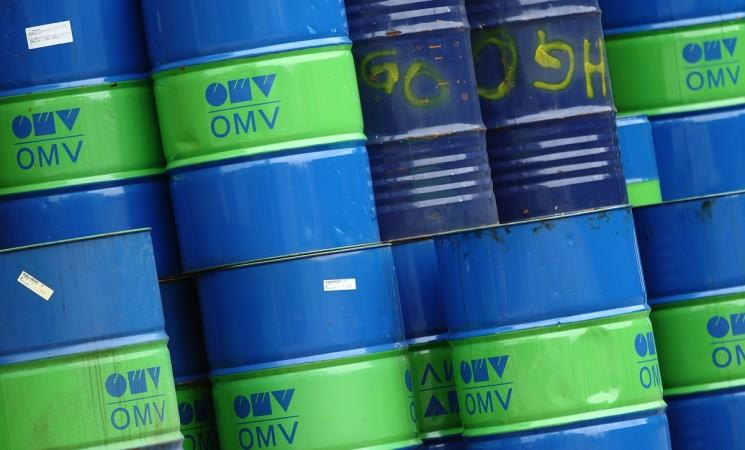
Oil prices experienced a notable uptick on Tuesday as escalating tensions between Russia and Ukraine raised concerns about potential disruptions in the global oil supply chain. Brent crude saw a 0.59% increase, adding 40 cents to reach $68.55 a barrel, while U.S. West Texas Intermediate crude climbed by $1.05, or 1.64%, to hit $65.06 a barrel.
The price surge comes in the wake of recent Ukrainian drone attacks that targeted key Russian energy facilities, leading to the shutdown of facilities responsible for 17% of Russia's oil processing capacity. This translates to a loss of approximately 1.1 million barrels per day, as reported by Reuters.
Ukrainian President Volodymyr Zelenskiy has announced intentions to launch further strikes deep into Russia following a series of intensified attacks on Russian energy assets. The conflict between the two nations has escalated significantly in recent weeks, with both parties intensifying airstrikes targeting critical infrastructure.

Daniel Hynes, a senior commodity strategist at ANZ, highlighted the ongoing risks to Russia's energy infrastructure, noting the increased frequency of Ukrainian attacks on Russian oil refineries and pipelines. Additionally, China's promotion of a "new global order" could potentially exacerbate geopolitical tensions, setting the stage for further uncertainty in the oil market.
China and India, as the largest buyers of crude oil from Russia, play a significant role in global oil trade. While President Trump has imposed additional tariffs on India for its oil purchases, China has not faced similar measures.
Investors are now eagerly awaiting the upcoming meeting of the Organization of the Petroleum Exporting Countries and their allies on September 7, where discussions about potential output hikes will take place. This meeting will be closely watched by industry stakeholders for any indications about the future direction of oil production.
As the conflict between Russia and Ukraine continues to unfold, the energy market remains on edge, with geopolitical tensions and supply disruptions adding to the volatility of oil prices in the global market.

















